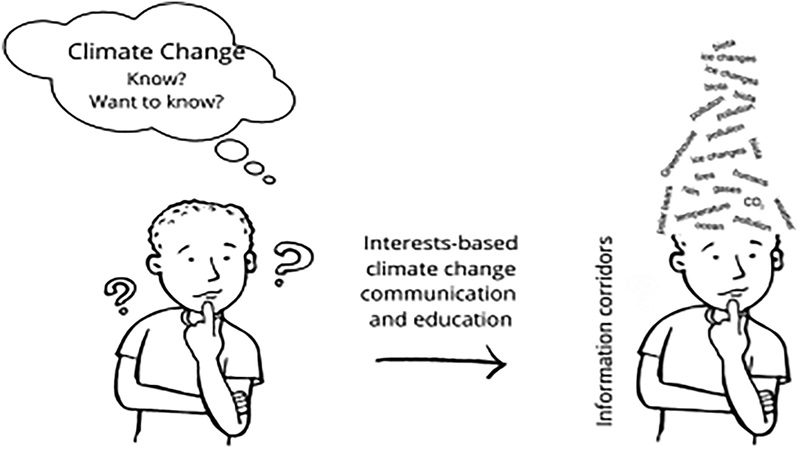
Janhavi Bhujabal
Climate Communication: The reality of a necessity
Most Read Stories Today
-
Water Scarcity and Artificial Rainfall: The Positive and The Negative Effects of Cloud Seeding, including Health Hazards and Climate Implications.
-
Renewable Energy in Rural Areas: Challenges, Opportunities, and Successful Rural Projects
-
Pakistan's Agriculture at Risk Due to Climate Variability
-
South Africa's Recent Floods: Is Climate Change to Blame?
-
South Korea's floods: root causes and prevention strategies.
-
South Africa: Cape Town, A City Under Fire
-
The Human Cost of Climate Disasters
-
Our Oceans, Our Future: The South African Dilemma of Overfishing
-
Degenerative Impact of Hydrocarbons On The Environment.
-
Sustainable Urban Planning - Copenhagen and the Path to Climate Resilience
Climate change is a staggering reality. It is beyond fodder for articles and needs to be paid attention to by everyone and is a reality that affects different facets of every day existence.
In the newly dubbed era of ‘Global Boiling’, we must understand that it is time to shift from the purview of skepticism to knowledge endowment when referring to climate change.
In developing countries like India, which have a long way to go in terms of citizen welfare and living standards, for every citizen of the general public to understand climate science, impact of climate change and how it can be mitigated is more than imperative.
Impacts of climate change come in a variety of faces. There are direct impacts – shifting of weather patterns during a season from the expected normal as was in India in the last quarter with the pre-monsoon season coinciding with western disturbance phenomena and causing a havoc of untimely rainfall which washed over the livelihoods of the agroeconomic community; and the more recent disaster upon disaster in the Himalayan belt where monsoon rains and concentrated days of intense rain and extreme rain events raged the effects of flash floods and landslides causing millions in losses.
It can also be more indirect impacts such as those faced by industries which have to be prepared to cushion the financial losses in a fiscal year due to activities which were cut short by abnormal weather phenomena. All of these suggests that the myriad of everyday life is doomed to be affected by one way or another due to climate change and therefore is it not necessary that the same public which is audience to the impacts should be able to understand the ‘why’ to their news headlines better?
The provision of climate education to the masses in a comprehensible manner that avoids the use of perplexing scientific terminologies is undoubtedly beneficial for facilitating understanding. However, we are so newly equipped with the realisation that this is now our reality that such degree of climate education is not able to keep pace with the events that take place in real time.
This is analogous to the fields of finance, taxation, and physics, where a plethora of technical terms and concepts can often leave individuals feeling perplexed and disengaged. Similarly, many of the terms and strategies employed in climate mitigation efforts and discussions on the impacts of climate change are likely to soar over the heads of the general populace, failing to ignite any sense of curiosity or interest.
Of course that does not mean that we begin school level education on climate change for adults. School level education for young minds in the same way takes care of the problem of the future generations but for the present generation, sensitization and interlinking of topics is necessary. Climate change impact and mitigation strategies are not standalone phenomena. They, as discussed above are very much a part and parcel of everyday existence and therefore rightfully so, must not be typecasted into boxes and forgotten.
This is where articles with the help of channels like ‘Climate Change Writers’ comes into play. When discussion about how climate change has impacted this retinue or that activity and how we can mitigate its impacts is developed, it causes a chain reaction of knowledge that makes many people realise how and what they are dealing with in the present and what it can turn to in the future. Of course the process is not easy and neither is it a fast paced one, but it is one which is reachable.

Terms & Conditions
Subscribe
Report
My comments